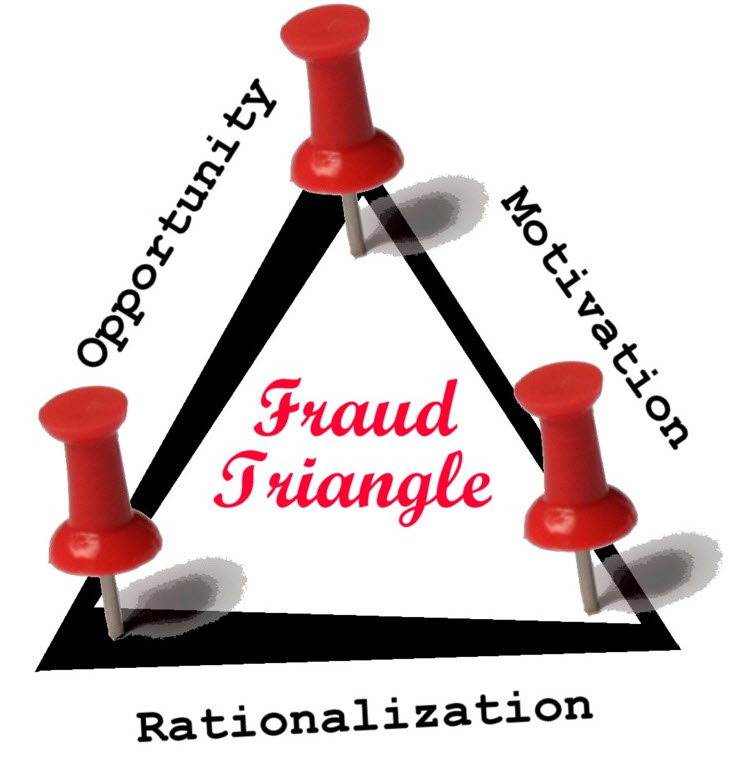How to Calculate Damages that Can Withstand a Challenge—Fraud Files
How Can You Defend “Reasonable Certainty”? Here are Some Tips
One of the common issues raised when an expert calculates damages is “reasonable certainty.” It is not uncommon for opposing counsel to suggest that the expert’s calculated damages are speculative, explain the editors at the Fraud Files blog. The calculation of damages necessarily requires estimates and assumptions. Something has happened, and a company or individual is claiming that there are lost profits because of it. We can never know with complete certainty what revenue or profits would have been if that incident or action had not taken place. Mathematical precision is not possible. Thus, the expert must make certain estimates in order to calculate damages. How to go about it? Here’s guidance:
Damage Calculation Methods
In general, courts require experts to use accepted methods and principles for calculating damages. The most common methods for calculating damages include the following (or some combination of the following):Yardstick Method—This method is also sometimes called the benchmark method. It uses a “yardstick” to determine what the revenues and profits would have been if the situation had not occurred. For example, historical revenues and profits might be the yardstick against which revenues and profits for the damage period are compared to calculate the loss. Budgets or projections may also be a yardstick used by an expert, although the reliability of these figures may be called into question. Industry averages are another common yardstick used by expert witnesses.
Before and After Method—Damages are calculated with this method by comparing revenue and profits before the situation to the revenue and profits after. This method is often used when the damaged company has a sufficient operating history to use as a basis for estimating revenues and profits.
But For Method—This method can also be called the sale projection method, as it relies on projections or forecasts of sales absent the alleged bad acts. What would sales have been “but for” the defendant’s actions? This figure is then compared to actual results for the same period.
Learn more about how to proceed with each of these methodologies, and how to find the best and most credible data by reading the whole article here.
Once You’ve Identified and Proved Fraud, It’s Critical to Prove Legitimate Damages. Here’s How.










